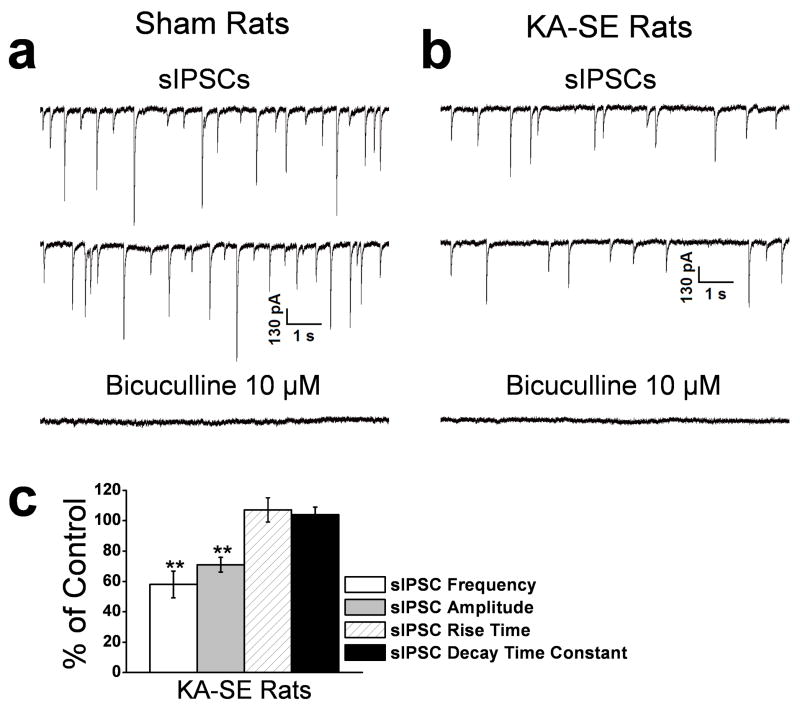Figure 4. The frequency and amplitude of spontaneous IPSCs (sIPSCs) in the BLA are reduced on days 7 to 10 after KA-SE.
sIPSCs were recorded from pyramidal-shaped neurons in the presence of D-APV (50 μM), SCH50911 (20 μM), and GYKI 52466 (50 μM), at a holding potential of −70 mV. Representative examples are shown in (a) and (b), and group data in (c). The frequency and the amplitude of the sIPSCs were reduced in the KA-SE rats (b) compared to the sham controls (a). The recorded currents were blocked by the GABAA receptor antagonist bicuculline. (c) Group data (n = 21) from KA-SE rats, normalized relative to the sham controls. The frequency and amplitude, but not the rise time and the decay time constant of the sIPSCs were significantly lower in the KA-SE group compared to the sham controls (**p < 0.01).

